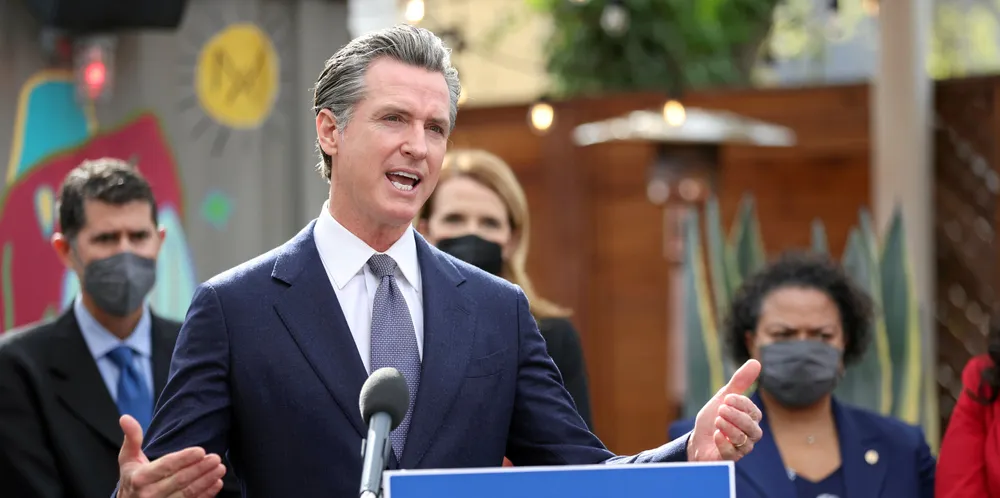Governor's 20GW California goal 'shows state damn serious’ about floating wind power
Newsom's increased 2045 target satisfies offshore industry by upping ante but falls short of calls for 50GW and demurs from short term goal

Newsom's target beats state planners’ draft proposals for 15GW by 2045 and 20GW by 2050 and is in line with recommendations by the industry, although it falls short of calls from some campaigners for as much as 50GW in the same time frame and the Governor refrained from setting a 2030 goal.
Newsom made the suggestions in an open letter to the California Air Resources Board (CARB), the leading agency charged with overseeing the state’s lofty climate ambitions, which include an 40% reduction in greenhouse gas emissions off 1990 baselines by 2030, and economy-wide carbon neutrality by 2045.
“California is home to one of the world’s best offshore wind resources in the world and I am confident that this clean, domestic source of electricity can play an important role in meeting our state’s growing need for clean energy,” Newsom wrote. “That is why I am asking the California Energy Commission (CEC) to establish a planning goal of at least 20GW by 2045.”
Important signal to industry
The 20GW target demonstrates “that California is damn serious about offshore wind”.
The state has some of the nation’s top wind resources, estimated by the National Renewable Energy Laboratory (NREL) at 200GW of technical potential, with wind speeds particularly along the state’s northern coastlines exceeding 9.5 metres per second, as well as a huge economy and population of nearly 40 million.
Newsom’s 20GW target references not only the five leases being offered by BOEM in the upcoming auction, conservatively estimated to encompass 4.5GW of capacity, as well as several other areas in the central and northern coastlines that have been identified by both federal and state regulators for possible offshore wind development.
“Deploying 50GW results in one of the lowest wholesale electricity costs, while adding significantly to resource diversity... reducing the grid’s reliance on deploying heroic levels of solar and batteries in an all-electric future,” the UC Berkeley researchers wrote in comments to the CEC.
The UC Berkeley researchers chided the CEC for not fulfilling its mission under the mandate of AB525 by only including the roughly 20GW of areas that had already been investigated by state and federal agencies in its determination of California’s “maximum feasible potential” offshore wind development, rather than the full sweep of technical potential as estimated by NREL.
'Look to full feasibility'
In its comments to the CEC, the UC Berkeley researchers said that “in order to determine the maximum feasible potential, the CEC should study this full 150-200GW for feasibility.”
“If we approximately scale already-required New York and New Jersey requirements proportionally to California, equivalent California state targets would be approximately 20-30GW by 2030 to 2035,” Kempton wrote. “Such a level of offshore wind commitment is plausible and is now required by law in other coastal states.”
While Newsom satisfied industry with the higher long term target, he demurred on supporting the industry's call for 5GW of floating wind by 2030, perhaps reflecting the bottlenecks facing the industry.